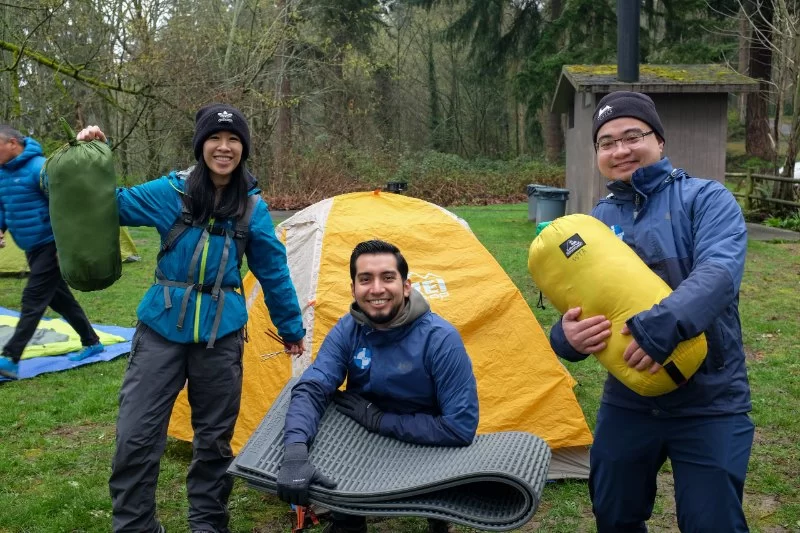- what-is-outdoor-leadership
- building-stronger-communities-through-leadership
- case-study-impact-in-rural-areas
- personal-growth-and-community-engagement
- challenges-and-opportunities-in-outdoor-leadership
- get-involved-with-pine-cliff-resort
1. What Is Outdoor Leadership?
Outdoor leadership is more than guiding people on trails or organizing group hikes. At its core, it’s about using nature-based experiences to empower individuals, build trust, and foster a sense of responsibility within a group. This kind of leadership encourages decision-making, resilience, and empathy—key traits that ripple out into broader community impact.
2. Building Stronger Communities Through Leadership
2.1 Trust and Connection
Outdoor settings naturally lower social barriers. Whether you're around a campfire or navigating a river together, people connect on a human level. These interactions are vital for creating stronger community ties and promoting inclusivity.
2.2 Youth Engagement
Youth programs in outdoor leadership often result in reduced delinquency and increased civic responsibility. By giving young people the chance to lead in a structured outdoor environment, they build confidence and learn how to contribute meaningfully to their communities.
3. Case Study: Impact in Rural Areas
3.1 The Pine Valley Program
In Pine Valley, a small rural town, a local nonprofit introduced a weekend outdoor leadership program for teens. The results were inspiring. Participants reported better school attendance, improved communication skills, and a renewed interest in volunteering for local clean-up and community projects.
3.2 Long-Term Change
Three years later, several of those teens had started initiatives of their own, including community gardens and literacy clubs. One of them even returned as a facilitator for the next generation, showing how outdoor leadership plants seeds of continuous engagement.
4. Personal Growth and Community Engagement
4.1 Emotional Intelligence in Nature
Nature has a way of slowing people down, making them more reflective. Outdoor leadership training emphasizes listening, adaptability, and compassion—soft skills that strengthen both individuals and communities.
4.2 Reconnecting Through Shared Goals
Outdoor projects like trail building, habitat restoration, or team-based orienteering create shared goals. Working toward these in nature fosters collaboration and deepens community bonds. It’s about more than finishing the task—it’s about the connection formed in the process.
5. Challenges and Opportunities in Outdoor Leadership
5.1 Barriers to Participation
Access remains a key issue. Transportation, gear costs, and lack of green spaces can limit participation, especially in urban and underserved areas. Programs must prioritize inclusivity and resource-sharing to maximize impact.
5.2 Opportunities for Expansion
With increasing awareness of the mental health and social benefits of time outdoors, there’s momentum for expanding outdoor leadership initiatives. Schools, municipalities, and private organizations are recognizing its value—and that’s a win for communities across the board.
6. Get Involved with Pine Cliff Resort
If you're inspired to foster leadership and community connection through the outdoors, Pine Cliff Resort offers ideal venues and support for retreats, youth development camps, and nature-based leadership programs. Whether you're planning a team-building weekend or launching a long-term community project, we help turn your vision into reality.







